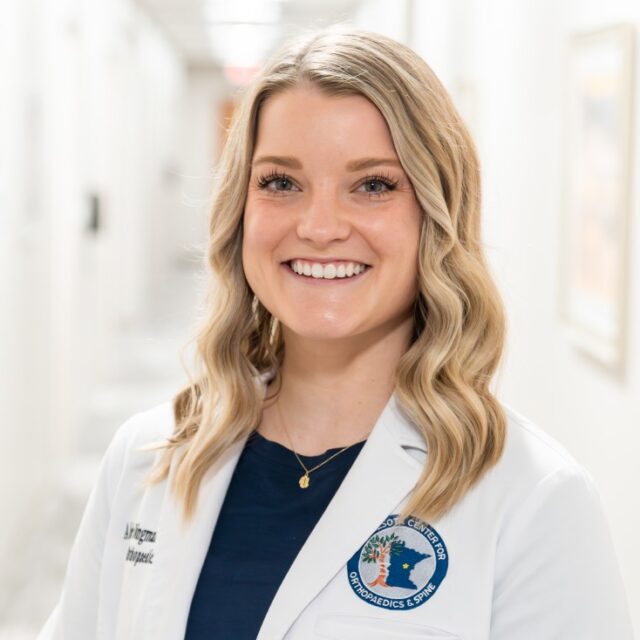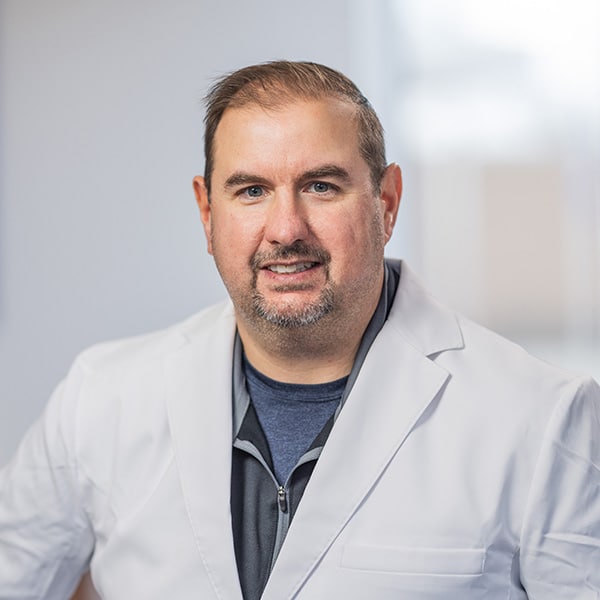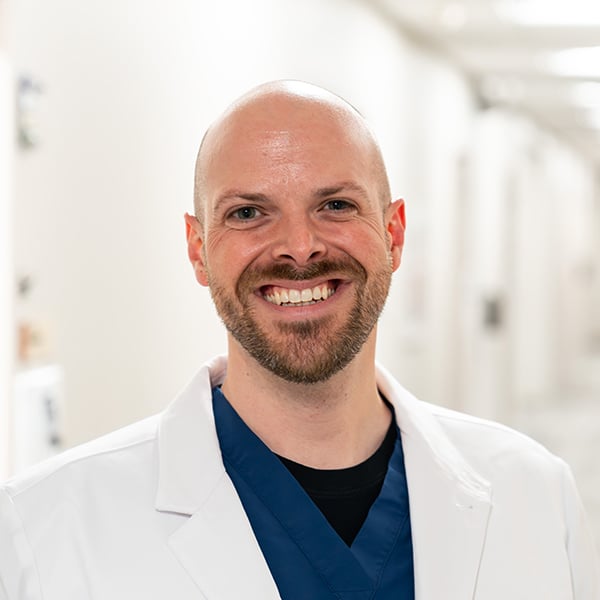Shoulder & Elbow Care
Our team provides thorough evaluations and precise treatments for various shoulder injuries. We prioritize conservative methods but offer surgery when necessary to alleviate pain and restore functionality.
schedule an appointment

Solutions for Active Living
Before resorting to surgery, our board-certified specialists prioritize noninvasive treatments such as physical therapy, injections, and medications to manage pain. When surgery is necessary, we opt for minimally invasive and arthroscopic procedures whenever feasible, aiming to enhance precision while minimizing recovery time and scarring. Learn more about the conditions treated and surgical and non-surgical treatments available in our video education library.
Conditions Treated
- Shoulder Dislocation
- Shoulder Impingement Syndrome
- Shoulder Instability
- Shoulder Pain
- Shoulder Separation
- Bursitis of the Shoulder
- Frozen Shoulder
- Biceps Tendon Tear
- Calcific Tendinitis of the Shoulder
- Fracture of the Shoulder Socket
- Fracture of the Shoulder Blade
- Muscle Imbalance in the Shoulder
- Osteoarthritis of the Shoulder
- Weightlifter’s Shoulder
- Rotator Cuff Injuries
- Cubital Tunnel Syndrome
- Elbow Bursitis
- Hyperextension Injury of the Elbow
- Lateral Epicondylitis (tennis elbow)
- Medial Epicondylitis (golfer’s elbow)
- Overuse Injuries of the Elbow
- Throwing Injuries of the Elbow

Your Path to Recovery
Surgical Treatments
- Rotator Cuff Repair
- Shoulder Arthroscopy
- Total Shoulder Replacement
- Reverse Total Shoulder Replacement
- Clavicle Fracture Open Reduction and Internal Fixation
Non-surgical treatments
- Anti-inflammatory Medications
- Steroid Injections
- Physical Therapy
- Occupational Therapy
- Platelet-Rich Plasma
Additional Education

Register for MyChart
Easy and secure access to your appointment information, test results, self check-in and scheduling options.
MyChart







